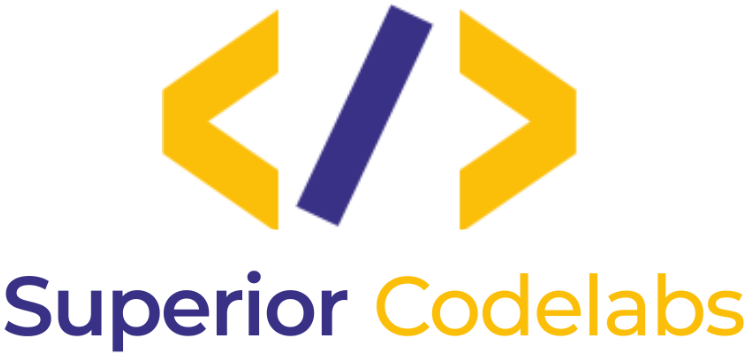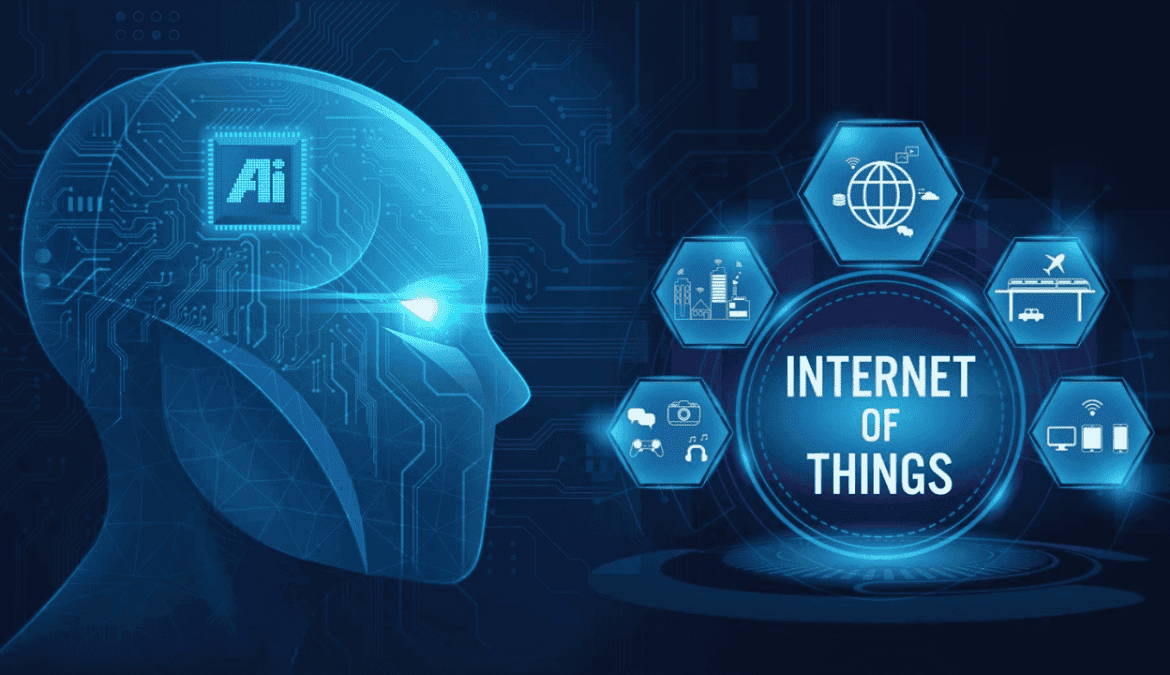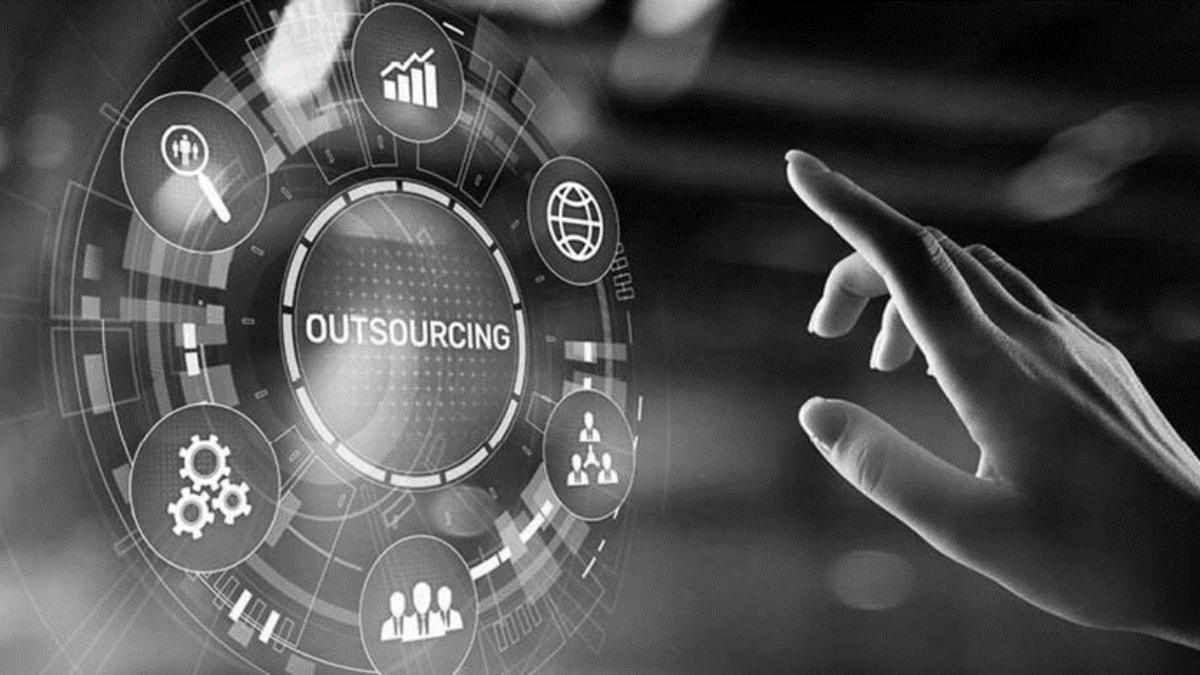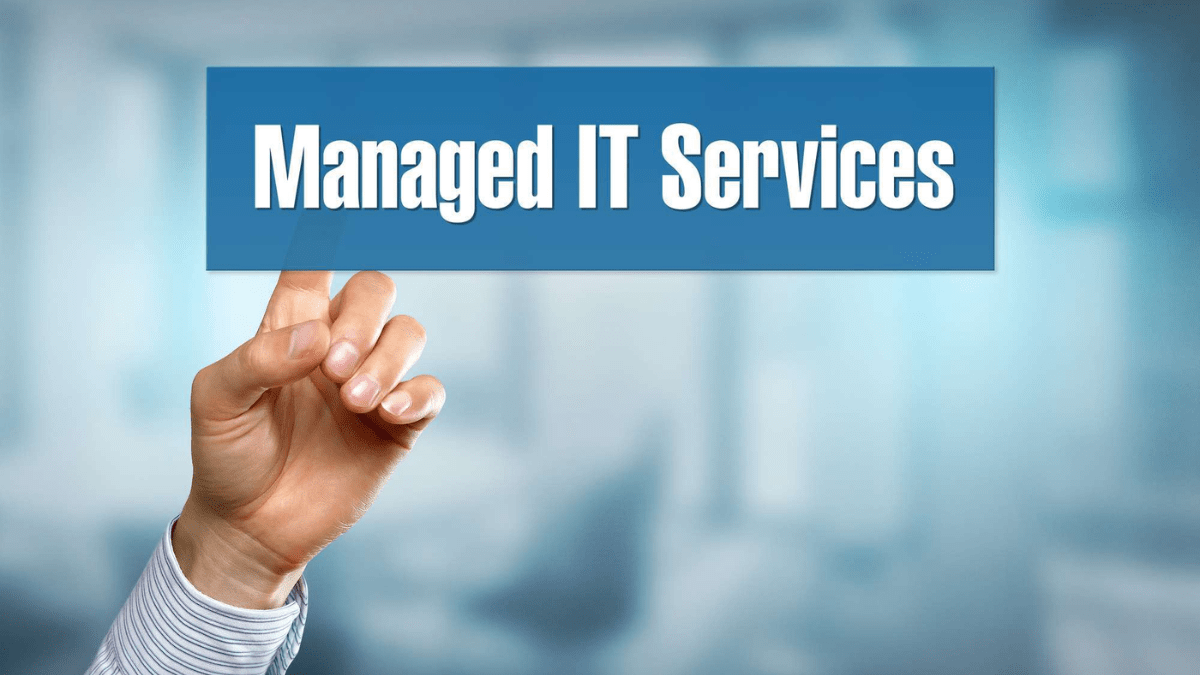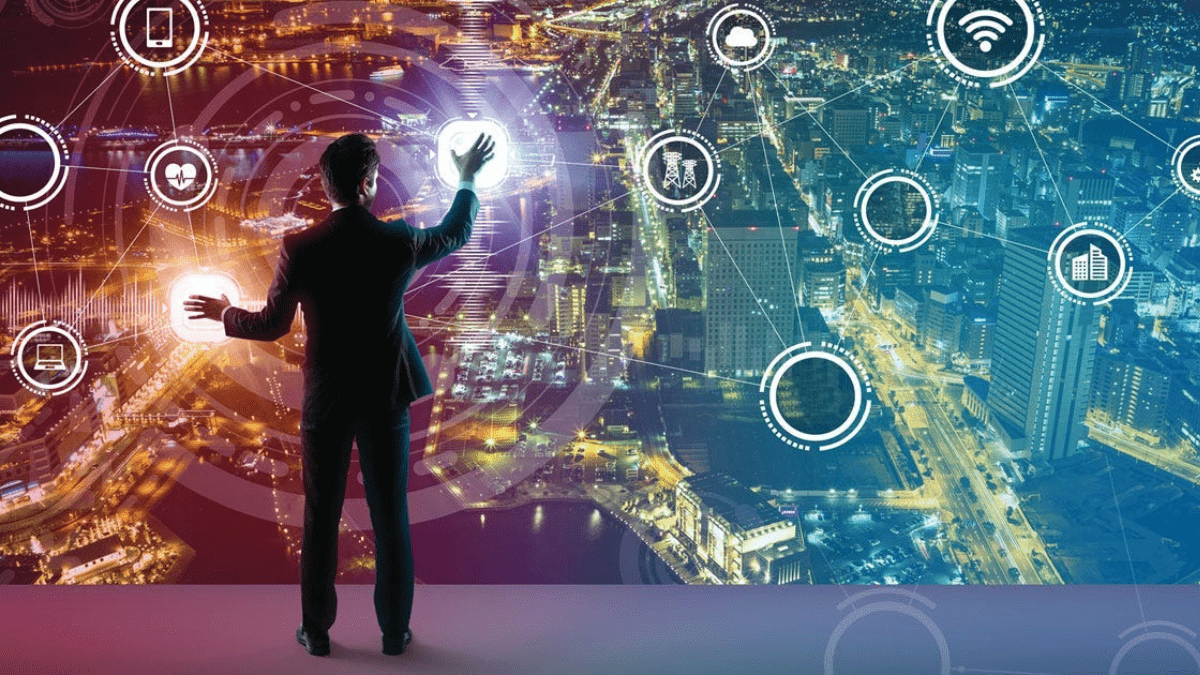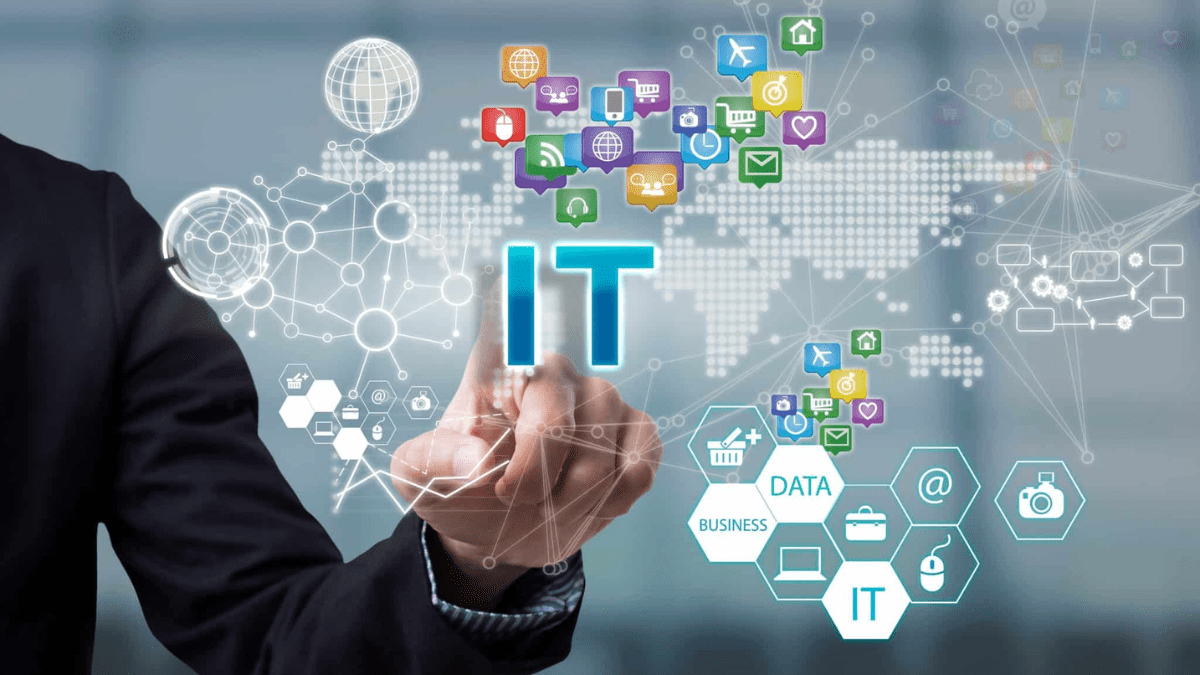Introduction
In an era marked by rapid technological advancements, the convergence of Artificial Intelligence (AI) and the Internet of Things (IoT) has emerged as a game-changing trend. As businesses and industries strive to enhance efficiency, data-driven insights, and customer experiences, the integration of AI and IoT is proving to be a transformative force. This seamless partnership is reshaping the landscape of IT services, propelling us into a truly connected world.
The Intersection of AI and IoT
The Internet of Things refers to the network of interconnected devices embedded with sensors, software, and other technologies to collect and exchange data. On the other hand, Artificial Intelligence encompasses algorithms and systems that can simulate human intelligence, learning from data and making informed decisions. The synergy between AI and IoT lies in their ability to gather and analyze vast amounts of data in real-time, facilitating smarter and more proactive decision-making.
Enhanced Data Analytics and Insights
Combining AI and IoT allows organizations to unlock the potential of their data like never before. IoT devices generate a deluge of data from various sources, from manufacturing processes and supply chains to customer interactions. AI-powered analytics can process this data in real-time, extracting meaningful insights that were previously hidden. These insights can lead to informed strategies, predictive maintenance, and optimized resource allocation.
Operational Efficiency and Automation
Integration of AI and IoT can revolutionize industries by automating processes and reducing manual intervention. For instance, in manufacturing, IoT sensors can monitor equipment conditions in real-time. AI algorithms can then predict maintenance requirements, minimizing downtime and reducing operational costs. This predictive approach transforms reactive maintenance into proactive measures, enhancing overall efficiency.
Personalized Customer Experiences
In the realm of customer-centric businesses, AI and IoT integration opens doors to personalized experiences. Retailers can use AI-driven insights from IoT data to tailor offerings to individual preferences, increasing customer satisfaction and loyalty. Smart homes leverage this partnership to create intelligent environments that adapt to occupants’ behaviors and needs, enhancing comfort and convenience.
Challenges and Considerations
While the potential benefits are substantial, the integration of AI and IoT also presents challenges. Security and privacy concerns surrounding the vast amounts of sensitive data collected are of paramount importance. Ensuring robust cybersecurity measures and adhering to data privacy regulations are crucial.
Interoperability among diverse IoT devices and AI systems is another challenge. The seamless exchange of data and compatibility among various platforms require standardized protocols and frameworks.
Future Outlook
The integration of AI and IoT is not just a trend; it’s a paradigm shift that’s shaping the future of IT services. As technology continues to evolve, we can expect even deeper integration, where AI systems become more intelligent through continuous learning from IoT data. This convergence will likely lead to the creation of more sophisticated applications, from autonomous vehicles that communicate with traffic systems to smart cities that optimize urban living.
Conclusion
The integration of AI and IoT is propelling us towards a new era of connectivity and intelligence. This synergy is reshaping industries, elevating operational efficiency, and creating more personalized experiences for consumers. As businesses harness the power of this integration while addressing security and interoperability challenges, we are on the cusp of a truly connected world where data-driven insights and AI-driven automation pave the way for a more efficient and responsive future.
1. What is AI and IoT integration, and why is it significant?
AI and IoT integration refers to the convergence of Artificial Intelligence (AI) technologies and the Internet of Things (IoT) devices and systems. It’s significant because it allows the seamless exchange of data between IoT devices and AI systems, enabling real-time data analysis, predictive insights, and automation. This integration transforms industries by enhancing operational efficiency, enabling personalized experiences, and driving smarter decision-making.
2. How does AI enhance the capabilities of IoT?
AI enhances IoT capabilities by providing advanced data analytics, machine learning, and decision-making capabilities. AI algorithms can process the massive amounts of data generated by IoT devices, extracting meaningful insights and patterns. This enables predictive maintenance, anomaly detection, and the ability to make informed decisions in real-time, making IoT systems more intelligent and efficient.
3. What are some practical applications of AI and IoT integration?
There are numerous practical applications of AI and IoT integration across various industries. In manufacturing, it can enable predictive maintenance, reducing downtime and operational costs. In healthcare, it can facilitate remote patient monitoring and early disease detection. Smart homes use this integration to create personalized environments, and cities can optimize traffic and resource management for sustainability.
4. What challenges are associated with AI and IoT integration?
One major challenge is cybersecurity and data privacy. With the increased exchange of sensitive data between devices and systems, ensuring robust security measures is crucial. Additionally, interoperability among different IoT devices and AI platforms can be complex due to the lack of standardized protocols. Addressing these challenges is vital to fully realize the potential of AI and IoT integration.
5. How is the future of AI and IoT integration evolving?
The future of AI and IoT integration is promising. As technology advances, we can expect even deeper integration, with AI systems becoming more intelligent through continuous learning from IoT data. This convergence could lead to innovative applications such as autonomous vehicles that communicate with traffic systems and AI-powered infrastructure management in smart cities. As industries continue to adopt and adapt to this integration, we’re moving towards a more connected and data-driven world.
For more information, visit Superior Codelabs.
Shaikh Fakruddin is the Founder and CEO of Superior Codelabs.
